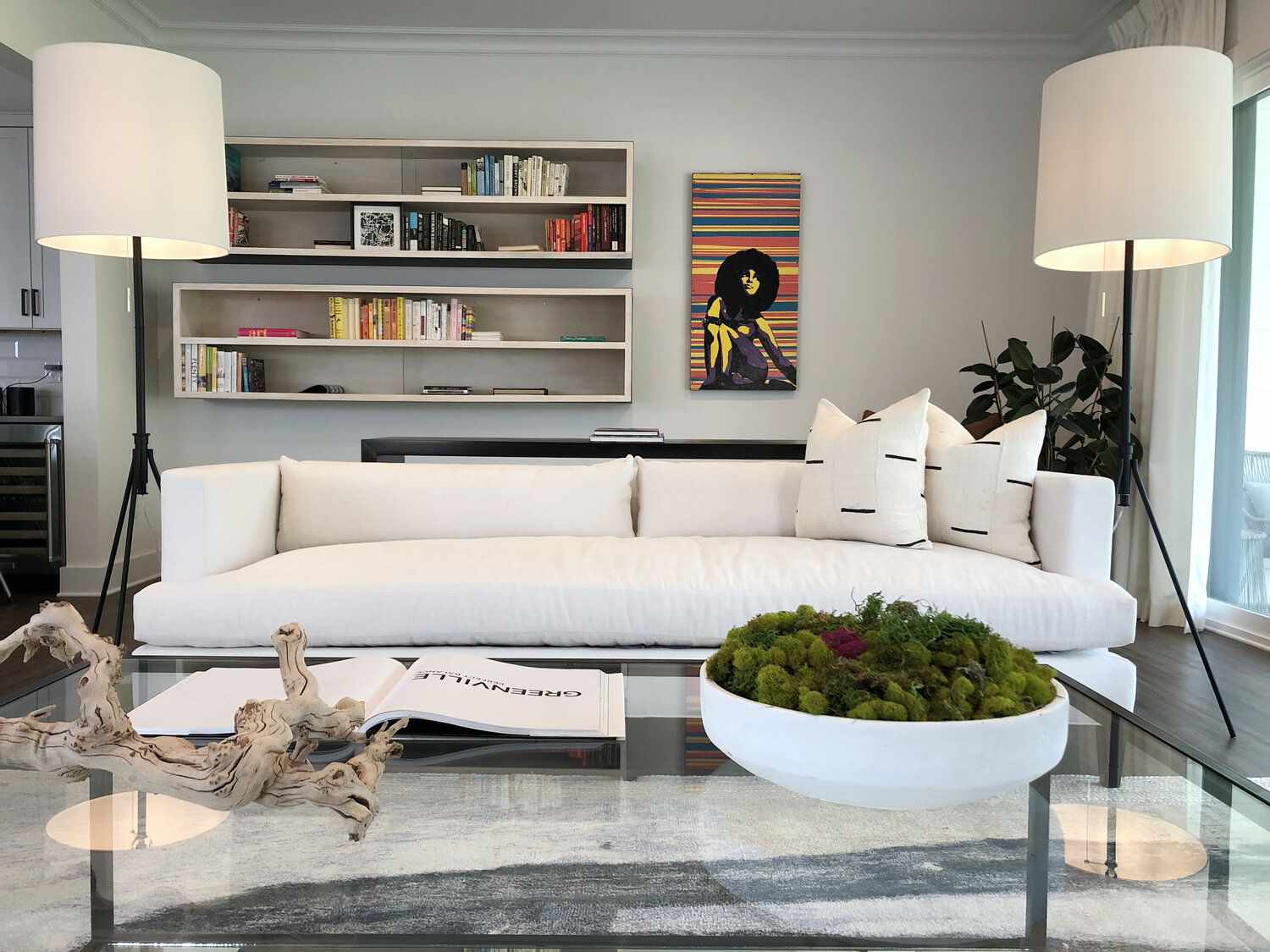

Articles
How To Design A Contemporary Living Room
Modified: October 20, 2024
Discover expert articles on how to design a contemporary living room and transform your space into a stylish haven. Step up your interior design game with our valuable tips and ideas.
(Many of the links in this article redirect to a specific reviewed product. Your purchase of these products through affiliate links helps to generate commission for Storables.com, at no extra cost. Learn more)
Introduction
In today’s modern world, the living room has become much more than just a space for relaxation and entertainment. It has transformed into a representation of style, personality, and functionality. Designing a contemporary living room requires attention to detail, a keen eye for aesthetics, and a focus on creating a space that is both visually appealing and comfortable.
When it comes to designing a contemporary living room, there are several key factors to consider. From choosing the right color scheme and furniture to incorporating modern lighting fixtures and creating a comfortable atmosphere, each aspect plays a crucial role in achieving the desired look and feel.
In this article, we will explore various tips and tricks to help you design a contemporary living room that reflects your personal style and meets your practical needs. Whether you prefer minimalistic designs or bold, statement pieces, this guide will provide you with the inspiration and guidance you need to create a space that is both functional and visually stunning.
Key Takeaways:
- Designing a contemporary living room involves choosing a neutral color scheme with pops of bold hues, sleek and comfortable furniture, and a layered lighting scheme to create a visually stunning and inviting space.
- Incorporating textures, indoor plants, and artwork while creating a comfortable and inviting atmosphere are essential elements in designing a contemporary living room that reflects personal style and promotes relaxation.
Read more: How To Remodel A Living Room
Choosing the Overall Color Scheme
One of the first steps in designing a contemporary living room is selecting an overall color scheme. The colors you choose will set the tone for the entire space and greatly impact its visual appeal. When it comes to contemporary design, neutral colors with pops of bold hues are often a popular choice.
Start by selecting a neutral base color for the walls, such as shades of white, gray, or beige. Neutrals provide a clean and timeless backdrop that allows other elements in the room to stand out. It creates a sense of openness and gives you the flexibility to introduce bold colors through furniture, accessories, and artwork.
Once you have your neutral base, consider adding pops of bold colors to create a sense of excitement and visual interest. This can be done through accent walls, vibrant furniture pieces, or colorful accessories like throw pillows or rugs. Be mindful of the balance between neutral and bold colors to avoid overwhelming the space.
Another contemporary trend is the use of monochromatic color schemes. This involves using different shades and tones of the same color throughout the room. For example, if you choose a cool blue as your primary color, you can incorporate lighter and darker shades of blue for a harmonious and sophisticated look.
Remember, the color scheme you choose should not only be visually appealing but also reflect your personal style and preferences. Consider the mood you want to achieve in the living room and select colors that evoke that feeling. Experiment with different palettes until you find the perfect combination that suits your taste.
Lastly, don’t forget that colors can also be introduced through textures and patterns. Incorporating textured wallpaper, patterned curtains, or upholstered furniture can add depth and visual interest to the space. Just ensure that the different textures and patterns complement each other to maintain a cohesive and modern aesthetic.
Selecting the Right Furniture
Choosing the right furniture is essential for creating a contemporary living room that is both stylish and functional. When selecting furniture pieces, consider the following factors:
1. Size and Scale: Opt for furniture that fits the proportion of the room. Avoid oversized pieces that can make the space feel cramped or small. Instead, select furniture with sleek lines and a modern aesthetic that complements the size of the room.
2. Clean Lines: Contemporary design emphasizes simplicity and clean lines. Look for furniture with straight edges and minimal ornamentation. Avoid ornate details or intricate carvings that may make the furniture appear outdated.
3. Comfort: While contemporary design focuses on aesthetics, it is crucial to select furniture that is also comfortable. Ensure that seating options, such as sofas and chairs, provide adequate support and cushioning for lounging and relaxation.
4. Versatility: Opt for furniture pieces that are versatile and can adapt to different layouts or design changes. Modular sofas or multi-functional pieces like ottomans with storage can be useful in a contemporary living room, as they provide flexibility without compromising style.
5. Material: Choose furniture materials that are sleek, durable, and easy to maintain. Leather, metal, glass, and high-quality fabrics are commonly used in contemporary design and add a modern touch to the space.
6. Color: Tie in the furniture color with the overall color scheme of the room. Neutral-colored furniture pieces are often favored, as they create a timeless and versatile look. However, don’t hesitate to incorporate bold-colored furniture to make a statement or add visual interest.
7. Functionality: Consider the functionality of the furniture pieces. Storage solutions like shelving units or coffee tables with hidden compartments can help keep the living room organized and clutter-free.
Remember, selecting the right furniture is not just about individual pieces, but also the overall arrangement. Aim for a balanced layout that allows for smooth traffic flow and creates a focal point in the room, such as a stylish coffee table or a stunning piece of artwork.
Incorporating Modern Lighting Fixtures
Lighting plays a crucial role in creating a contemporary living room that is both visually appealing and functional. Modern lighting fixtures can elevate the ambiance of the space and highlight key design elements. Here are some tips for incorporating modern lighting fixtures:
1. Layered Lighting: Create a layered lighting scheme by combining different types of lighting fixtures. This includes ambient lighting, such as recessed ceiling lights or chandeliers, task lighting for specific activities like reading or working, and accent lighting to highlight artwork or architectural features.
2. Statement Fixtures: Choose modern lighting fixtures that make a statement and serve as focal points in the room. This could be a contemporary chandelier, a sleek pendant light, or a unique floor lamp. Opt for fixtures with clean lines and interesting designs that complement the overall aesthetic of the space.
3. LED Lighting: LED lights are incredibly energy-efficient and can add a modern touch to the living room. Consider using LED strip lights to create indirect lighting effects, such as under-cabinet lighting or along the baseboards. LED lights can also be used to highlight architectural features or provide a soft glow for a cozy atmosphere.
4. Dimmers: Install dimmers for your lighting fixtures to adjust the intensity of the light according to the mood or activity. Dimmers allow you to create a warm and intimate ambiance for relaxation or a brighter setting for social gatherings. They also help conserve energy by reducing the brightness when it is not needed.
5. Natural Light Enhancement: Take advantage of natural light by using window treatments that maximize the amount of daylight entering the room. Opt for sheer curtains or blinds that allow light to pass through while providing privacy. Additionally, consider arranging furniture in a way that does not block natural light and strategically placing mirrors to reflect and amplify the natural light.
6. Smart Lighting: Embrace smart lighting technology to control your lighting fixtures conveniently. Smart bulbs and systems allow you to adjust the color, brightness, and scheduling of your lights using a smartphone or voice command. This flexibility enables you to create different lighting scenarios and enhance the overall ambiance of the living room.
7. Artistic Lighting: Consider incorporating artistic lighting elements, such as wall sconces or light fixtures with unique designs. These can add a touch of creativity and serve as decorative pieces while providing functional lighting.
Remember to strategically place lighting fixtures throughout the room to ensure even illumination and highlight specific areas of interest. Experiment with different lighting options and combinations to create a contemporary living room that is both visually stunning and functional.
Using Functional Storage Solutions
A contemporary living room should not only look stylish but also be practical and organized. Utilizing functional storage solutions is key to achieving this goal. Here are some ideas for incorporating storage in your contemporary living room:
1. Wall-mounted Shelving: Install wall-mounted shelves to maximize vertical space and provide storage for books, decor items, or even media equipment. Opt for sleek and minimalist designs that blend seamlessly with the overall aesthetic of the room.
2. Built-in Cabinets: Consider installing built-in cabinets or floating media units to keep your electronics, DVDs, and other living room essentials neatly tucked away. Custom-built cabinets can be designed to fit your specific storage needs while maintaining a clean and modern look.
3. Multi-functional Furniture: Invest in furniture pieces that double as storage solutions. For example, coffee tables with hidden compartments or ottomans with lift-up tops can provide you with extra storage space for blankets, remote controls, or board games.
4. Room Dividers: Utilize room dividers that incorporate storage compartments. Not only will they help define different zones in your living room, but they will also provide additional storage for books, decorative items, or even display space for plants.
5. Floating Shelves: Install floating shelves on empty walls to display your favorite books, artwork, or decorative accessories. Floating shelves provide storage without taking up valuable floor space and can be arranged in creative patterns or asymmetrical configurations for added visual interest.
6. Storage Baskets and Bins: Use stylish storage baskets or bins to corral smaller items like magazines, remote controls, or toys. Opt for baskets made from natural materials like rattan or woven fibers to add texture and warmth to the space.
7. Hidden Storage: Look for furniture pieces with hidden storage compartments, such as sofas with under-seat storage or TV stands with concealed drawers. These hidden storage solutions help maintain a clutter-free living room while keeping essential items easily accessible.
When incorporating storage solutions into your living room, prioritize functionality while ensuring that the storage pieces complement the overall design aesthetic. By keeping your living room organized and clutter-free, you can create a peaceful and inviting space that truly reflects contemporary style.
Read more: How To Soundproof A Living Room
Balancing Open Spaces with Minimalism
A key characteristic of contemporary design is the emphasis on open space and minimalism. Achieving a balance between these elements is crucial to creating a contemporary living room that feels spacious, uncluttered, and visually appealing. Here are some tips on how to balance open spaces with minimalism:
1. Declutter: Start by decluttering your living room and getting rid of unnecessary items. Keep only what is essential and meaningful to you. Minimalism is about simplicity and intentional choices, so remove any decor or furniture pieces that do not serve a purpose or contribute to the overall aesthetic.
2. Streamlined Furniture: Choose furniture with clean lines and a minimalist design. Opt for sleek, low-profile sofas and chairs that do not overwhelm the space. Avoid bulky or oversized furniture pieces that can make the room feel crowded.
3. Negative Space: Incorporate negative space, also known as whitespace, into your living room design. Negative space allows the eye to rest and gives a sense of openness and tranquility. Avoid filling every corner of the room with furniture or accessories; instead, leave some areas empty to create a visually balanced and inviting space.
4. Open Shelving: Consider using open shelving to display a few carefully curated items. This allows you to showcase your favorite books, decor pieces, or artwork without cluttering the room. Keep the arrangement simple and avoid overcrowding the shelves for a clean and minimal look.
5. Limited Color Palette: Stick to a limited color palette to maintain a minimalist aesthetic. Choose neutral colors for the walls and furniture and incorporate pops of color sparingly through accessories or artwork. A cohesive and restrained color scheme will contribute to the clean and uncluttered feel of the living room.
6. Use of Mirrors: Mirrors can create an illusion of space and enhance the feeling of openness in a living room. Hang a large mirror on a wall opposite a window to reflect natural light, making the room appear brighter and more expansive. Additionally, mirrors can serve as a decorative element, adding a touch of sophistication to the space.
7. Minimalist Decor: Choose decor items with a minimalist aesthetic, such as simple vases, sculptural objects, or abstract artwork. Keep the number of decorative elements to a minimum to maintain a clean and uncluttered look. Each piece should be intentional and contribute to the overall design concept.
Remember: Balancing open spaces with minimalism is about finding the right mix of simplicity, functionality, and visual appeal. Aim for a sense of spaciousness and calmness by carefully curating your living room and allowing key design elements to shine without overwhelming the space.
When designing a contemporary living room, focus on clean lines, minimalism, and a neutral color palette. Incorporate modern furniture and accents, and prioritize open space and natural light.
Incorporating Textures and Patterns
When designing a contemporary living room, incorporating textures and patterns adds depth and visual interest to the space. Mixing different textures and patterns can create a dynamic and inviting atmosphere. Here are some tips on how to incorporate textures and patterns effectively:
1. Textured Walls: Consider adding texture to the walls to create a focal point in the living room. You can achieve this by using textured wallpaper, decorative wall panels, or even textured paint techniques. These textured surfaces add a tactile element to the room and enhance the overall design aesthetic.
2. Layered Fabrics: Use a variety of fabrics to create depth and texture in your living room. Incorporate different materials like velvet, linen, wool, or faux fur in your furniture upholstery, throw pillows, and curtains. Mix and match textures to create a visually appealing and comfortable environment.
3. Geometric Patterns: Geometric patterns are a popular choice in contemporary design. Introduce geometric patterns in your living room through rugs, accent pillows, or even wallpaper. These patterns can create a sense of visual balance and add a modern touch to the space.
4. Natural Elements: Incorporate natural textures and materials like wood, stone, or rattan to bring a sense of warmth and organic beauty to your living room. Use wooden furniture, stone accents, or wicker baskets to add natural textures that contrast with the sleekness of contemporary design.
5. Mix Bold and Subtle Patterns: Experiment with patterns by mixing bold and subtle designs in the same space. For example, if you have a large bold-patterned area rug, balance it out with more subtle patterned throw pillows or curtains. This creates a visually balanced and cohesive look.
6. Artistic Wall Decor: Choose artwork with intricate or abstract patterns to add visual interest to your living room walls. Consider displaying a collection of framed prints or paintings that feature patterns or incorporate mixed media elements to showcase creativity and add a personal touch.
7. Layered Lighting: Use lighting fixtures with interesting textures or patterns to enhance the overall design aesthetic. Look for pendant lights with unique shapes or fixtures that cast interesting patterns on the walls or ceiling when illuminated. This adds another layer of visual interest to the space.
Remember, when incorporating textures and patterns, it is essential to maintain a sense of balance and harmony. Make sure the different textures and patterns complement each other and the overall design concept of the room. By thoughtfully incorporating textures and patterns, you can create a visually captivating and inviting contemporary living room.
Adding a Touch of Nature with Indoor Plants
Bringing nature indoors is a wonderful way to create a more vibrant and refreshing ambiance in your contemporary living room. Indoor plants not only add visual appeal but also provide numerous health benefits, such as purifying the air and reducing stress levels. Here are some tips for incorporating indoor plants into your living room:
1. Choose the Right Plants: Select indoor plants that thrive in the specific conditions of your living room, such as lighting and temperature. Consider low-maintenance plants like pothos, snake plants, or ZZ plants, which require minimal care and can tolerate various light levels.
2. Placement: Strategically place your indoor plants to create focal points and add texture to the living room. Position taller plants in corners or next to furniture to add verticality, while smaller plants can be placed on shelves, coffee tables, or window sills. Ensure that the plants do not obstruct traffic flow and have enough room to grow.
3. Grouping: Create lovely displays by grouping plants together. Grouping plants of different heights, textures, and colors can create a lush and visually appealing arrangement. Consider using decorative plant stands or hanging planters to add variation to the grouping.
4. Size and Scale: Consider the size and scale of your living room when choosing indoor plants. Large plants can make a bold statement in spacious areas, while smaller plants are suitable for more compact spaces. Be mindful of not overcrowding the room with too many plants, as it can make the space feel cluttered.
5. Hanging Plants: Utilize hanging plants to add interest and create a dynamic element in your living room. Macrame hangers or ceiling-mounted planters can be used to suspend trailing plants, such as ivy or pothos, adding a touch of greenery at eye level and drawing the eye upward.
6. Planters and Pots: Choose planters and pots that complement the overall design aesthetic of your living room. Opt for modern and sleek designs to enhance the contemporary feel. You can also choose unconventional planters like glass terrariums or ceramic bowls to add an artistic touch.
7. Maintenance: Ensure that you care for your indoor plants properly to keep them thriving. Consider their watering, lighting, and humidity requirements. Regularly dust the leaves, remove any dead or yellowing foliage, and monitor their growth to ensure a healthy and beautiful display.
By incorporating indoor plants into your contemporary living room, you can create a peaceful and lively atmosphere. The beauty and natural elements of plants will breathe life into the space, making it more inviting and visually appealing.
Showcasing Artwork and Decorative Objects
Artwork and decorative objects add a personal touch and elevate the aesthetic of a contemporary living room. Whether you have a collection of artwork or unique decor items, showcasing them effectively can enhance the overall ambiance and reflect your personal style. Here are some tips for showcasing artwork and decorative objects:
1. Determine the Focal Point: Choose a focal point in your living room where you want to draw attention. This could be a prominent wall, a fireplace, or even a large piece of furniture. By identifying the focal point, you can strategically arrange and position artwork and decor to create a visually stunning display.
2. Curate a Gallery Wall: Create a gallery wall by arranging multiple pieces of artwork in a cohesive and intentional manner. Mix and match different sizes, frame styles, and art mediums to add visual interest. Ensure that the gallery wall is balanced and visually appealing by spacing the pieces evenly and arranging them in a way that complements the overall design of the room.
3. Use Picture Shelves: Install picture ledges or floating shelves along a wall to display smaller artwork or decorative objects. This allows you to easily switch and rearrange the items as desired and provides a modern and streamlined look.
4. Highlight with Lighting: Illuminate your artwork and decor with proper lighting to create a focal point and enhance their visual impact. Use track lighting, wall-mounted picture lights, or even recessed spotlights to add an extra layer of illumination and draw attention to the displayed items.
5. Incorporate Sculptural Pieces: Add sculptural decor objects to your living room to add dimension and intrigue. Sculptures, vases, or unique pottery can serve as standalone focal points or complement larger artwork. Mix different textures and materials like metal, glass, or ceramics to create a visually captivating display.
6. Consider Scale and Proportion: When displaying artwork and decor, consider the scale and proportion of the items in relation to the available space. Larger pieces can act as statement pieces, while smaller items can be grouped together to create a visually cohesive arrangement.
7. Rotate and Refresh: Keep your living room decor fresh by periodically rotating and refreshing the displayed artwork and decorative objects. This not only keeps the space dynamic and interesting but also allows you to showcase different pieces that may have sentimental value or reflect your evolving style.
Remember, the key to showcasing artwork and decorative objects in a contemporary living room is to strike a balance between creating visual impact and maintaining a cohesive design aesthetic. By carefully curating and positioning your artwork and decor, you can transform your living room into a captivating and personalized space.
Read more: How To Measure A Living Room
Creating a Comfortable and Inviting Atmosphere
A contemporary living room should not only be visually appealing but also comfortable and inviting. It is a space where you can relax, unwind, and spend quality time with family and friends. Here are some tips for creating a comfortable and inviting atmosphere in your contemporary living room:
1. Furniture Arrangement: Arrange your furniture in a way that promotes conversation and facilitates easy movement. Consider creating cozy seating areas by placing sofas and chairs facing each other. This encourages interaction and creates a warm and inviting ambiance.
2. Soft Textiles: Incorporate soft textiles to add comfort and coziness to your living room. Use plush area rugs, comfortable throw pillows, and soft blankets to create inviting sitting areas. Opt for natural and breathable materials like cotton, linen, or wool for a comfortable and luxurious feel.
3. Warm Lighting: Use warm and indirect lighting to create a cozy and welcoming atmosphere. Avoid harsh, bright lights and instead opt for soft, warm-toned bulbs. Consider using table lamps and floor lamps to create warm pools of light and add an intimate feel to the room.
4. Layered Window Treatments: Combine different types of window treatments to control natural light and create a sense of privacy and comfort. Sheer curtains allow in natural light while providing a layer of softness and privacy. Layer them with blackout curtains or blinds to control light levels and create a cozy environment in the evening.
5. Personal Touches: Add personal touches to make the living room more inviting. Display cherished family photos, hang art that holds sentimental value, or incorporate heirloom decor pieces. These personal touches create a sense of warmth and make the space feel uniquely yours.
6. Cozy Reading Nook: Create a cozy reading nook in a corner of your living room. Place a comfortable armchair or chaise lounge near a window or a well-lit area. Add a small side table for books and a soft, warm blanket for extra comfort. This dedicated space encourages relaxation and provides a cozy spot for reading or enjoying a cup of tea.
7. Adequate Storage: Ensure that your living room has sufficient storage to keep it organized and clutter-free. Have baskets, shelves, or cabinets to store books, magazines, remote controls, and other items that can make the space feel untidy. A clutter-free room promotes a calm and inviting environment.
By incorporating these elements, you can create a space that is not only aesthetically pleasing but also comfortable and inviting. A well-designed and thoughtfully arranged contemporary living room will be a place where you and your loved ones can relax, connect, and enjoy each other’s company.
Conclusion
Designing a contemporary living room is an exciting process that allows you to showcase your personal style while creating a space that is both visually stunning and functional. By following the tips outlined in this article, you can transform your living room into a modern and inviting sanctuary.
Start by choosing an overall color scheme that sets the tone for the room. Incorporate neutral colors as a base and add pops of bold hues for visual interest. Select furniture that is sleek, comfortable, and versatile, and arrange it in a way that promotes conversation and easy movement.
Lighting plays a crucial role in creating the right ambiance in your living room. Utilize a layered lighting scheme, incorporating statement fixtures, dimmers, and natural light enhancement techniques. These will help create a warm and inviting atmosphere.
Utilize functional storage solutions, such as wall-mounted shelving and multi-functional furniture, to keep your living room organized and clutter-free. Strive for a balance between open spaces and minimalism, creating a sense of spaciousness and tranquility.
Add depth and visual interest to your contemporary living room by incorporating textures and patterns. Mix different textures and materials, utilize geometric patterns, and incorporate natural elements like plants and artwork to create a captivating and dynamic space.
Speaking of plants, don’t forget to bring a touch of nature into your living room with indoor plants. They not only add visual appeal but also purify the air and create a calming ambiance. Similarly, showcasing artwork and decorative objects adds a personal touch and elevates the overall aesthetic of the room.
And finally, focus on creating a comfortable and inviting atmosphere by carefully arranging furniture, incorporating soft textiles, and using warm lighting. Add personal touches, create cozy reading nooks, and ensure adequate storage to maintain a clutter-free space.
In conclusion, designing a contemporary living room is a balancing act between style and functionality. By incorporating these tips and ideas, you can create a space that reflects your personal taste, promotes relaxation, and fosters a welcoming atmosphere for you and your loved ones to enjoy for years to come.
Frequently Asked Questions about How To Design A Contemporary Living Room
Was this page helpful?
At Storables.com, we guarantee accurate and reliable information. Our content, validated by Expert Board Contributors, is crafted following stringent Editorial Policies. We're committed to providing you with well-researched, expert-backed insights for all your informational needs.
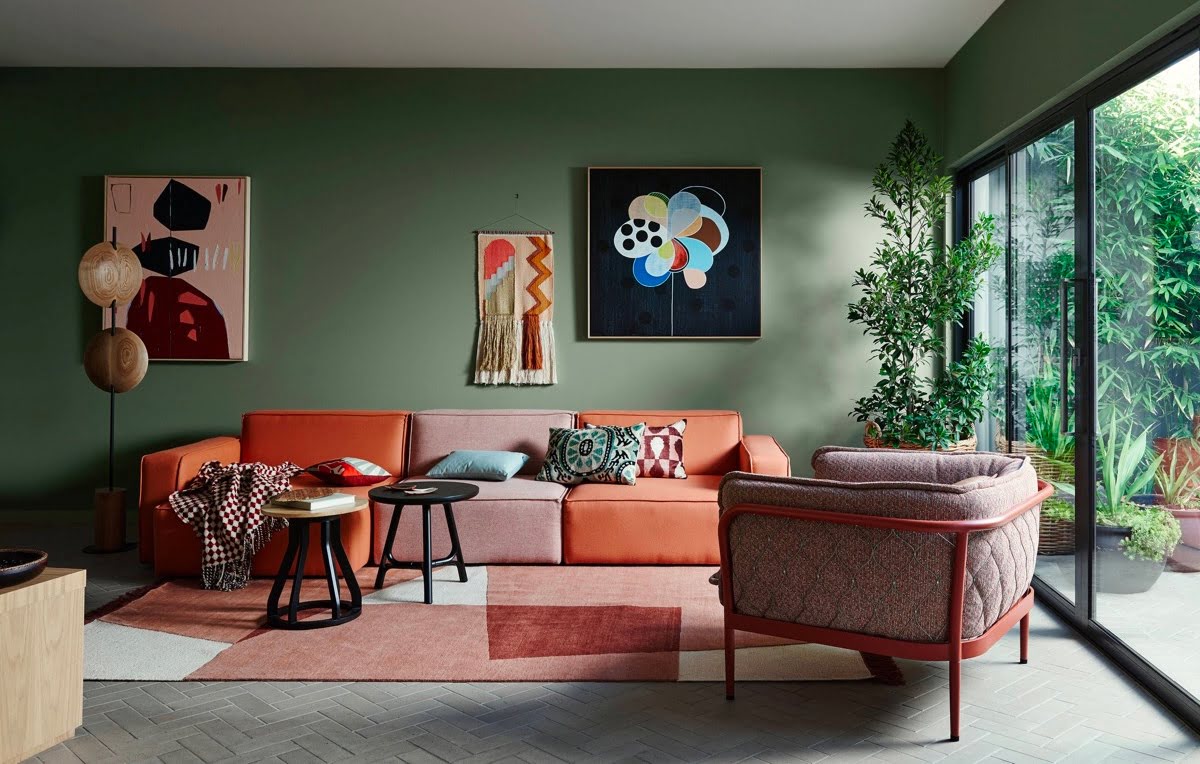
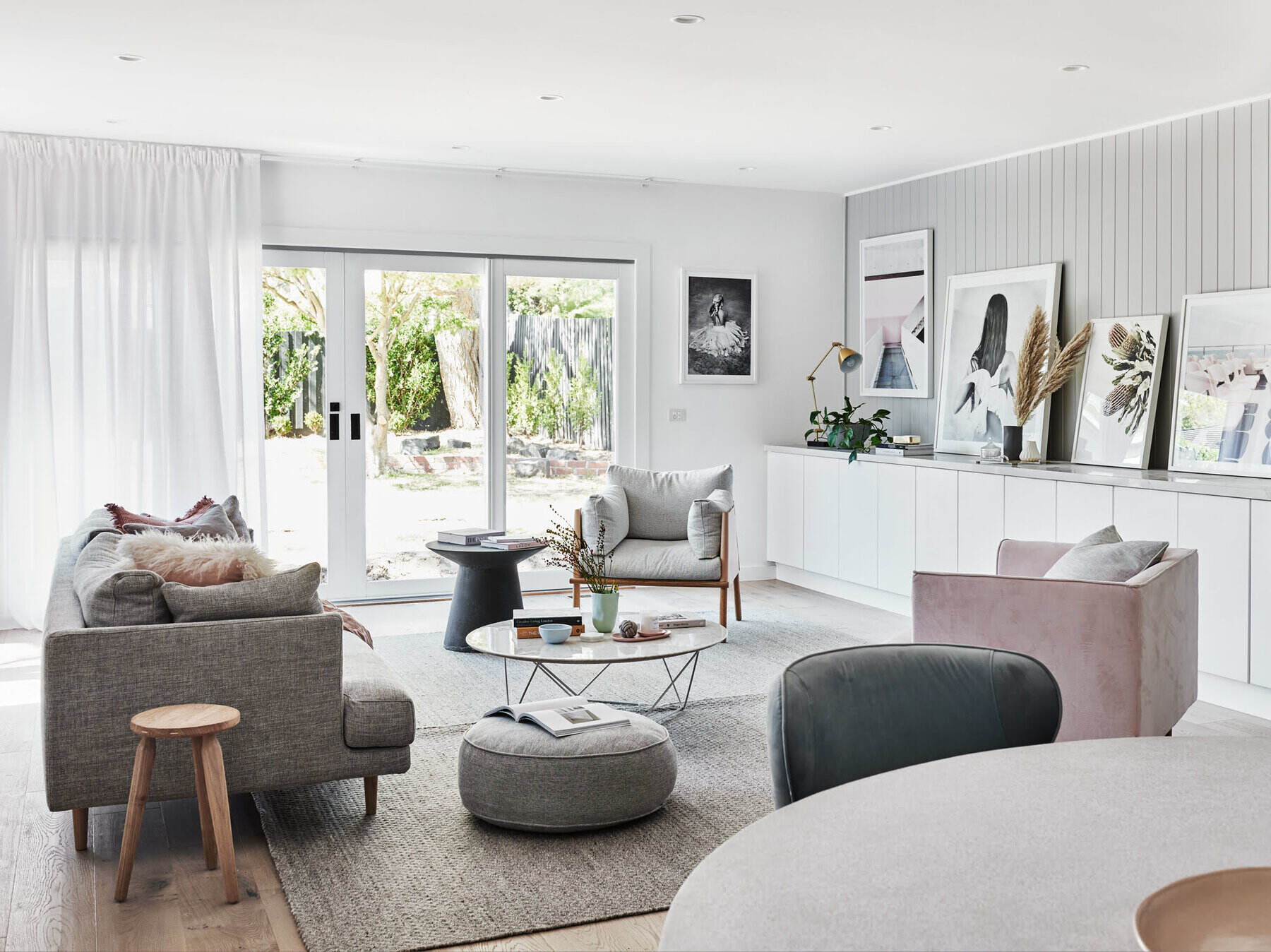
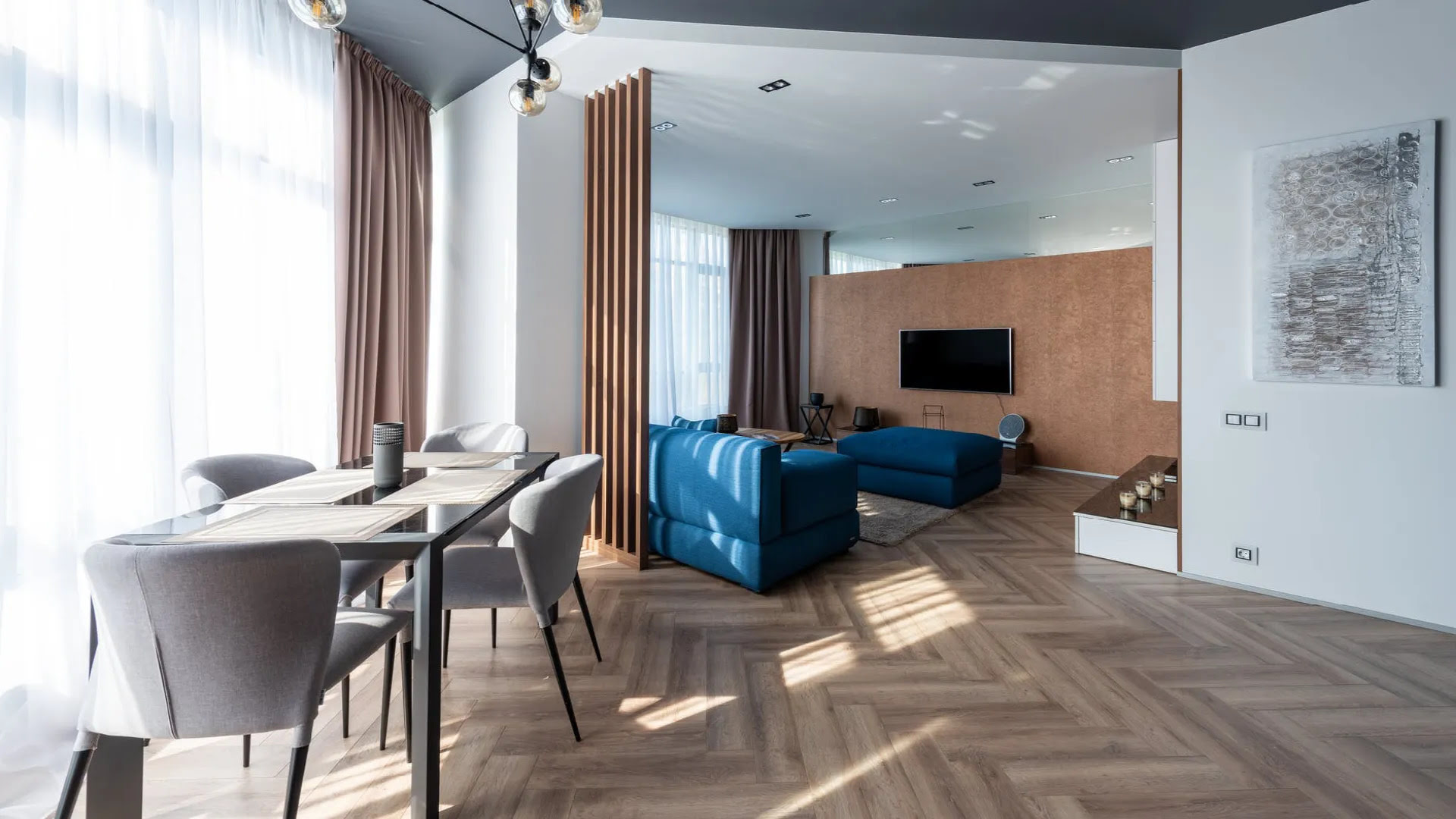
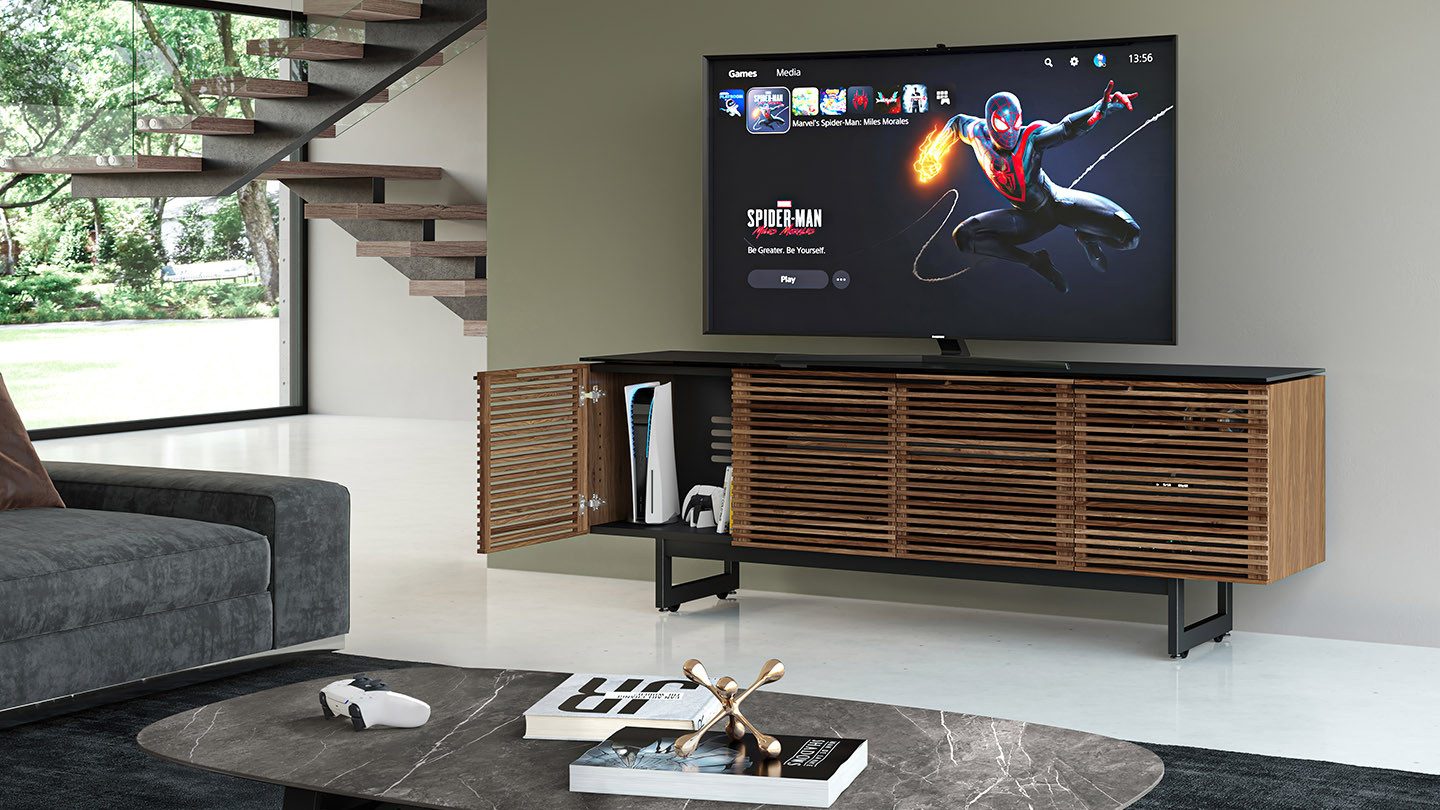
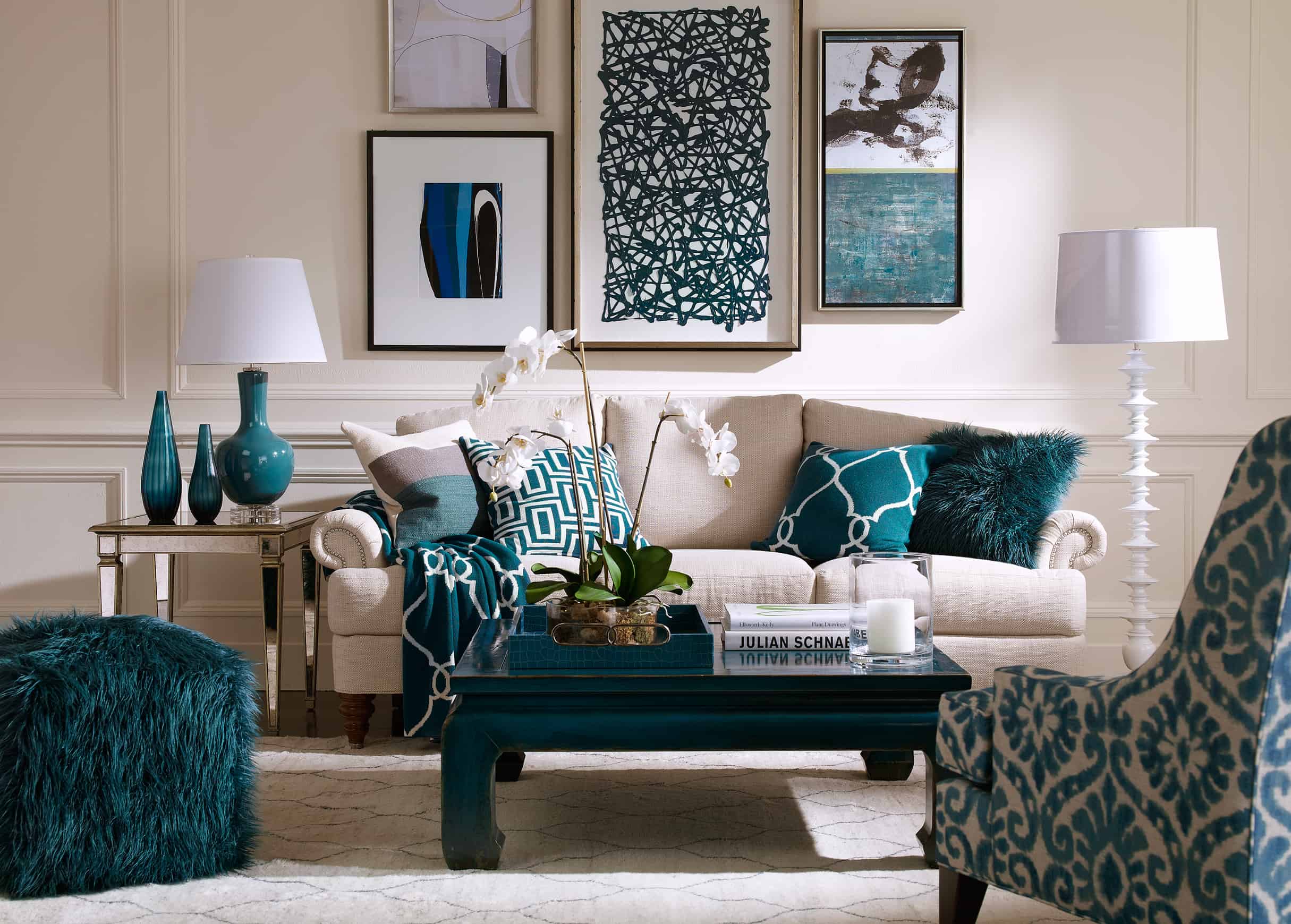
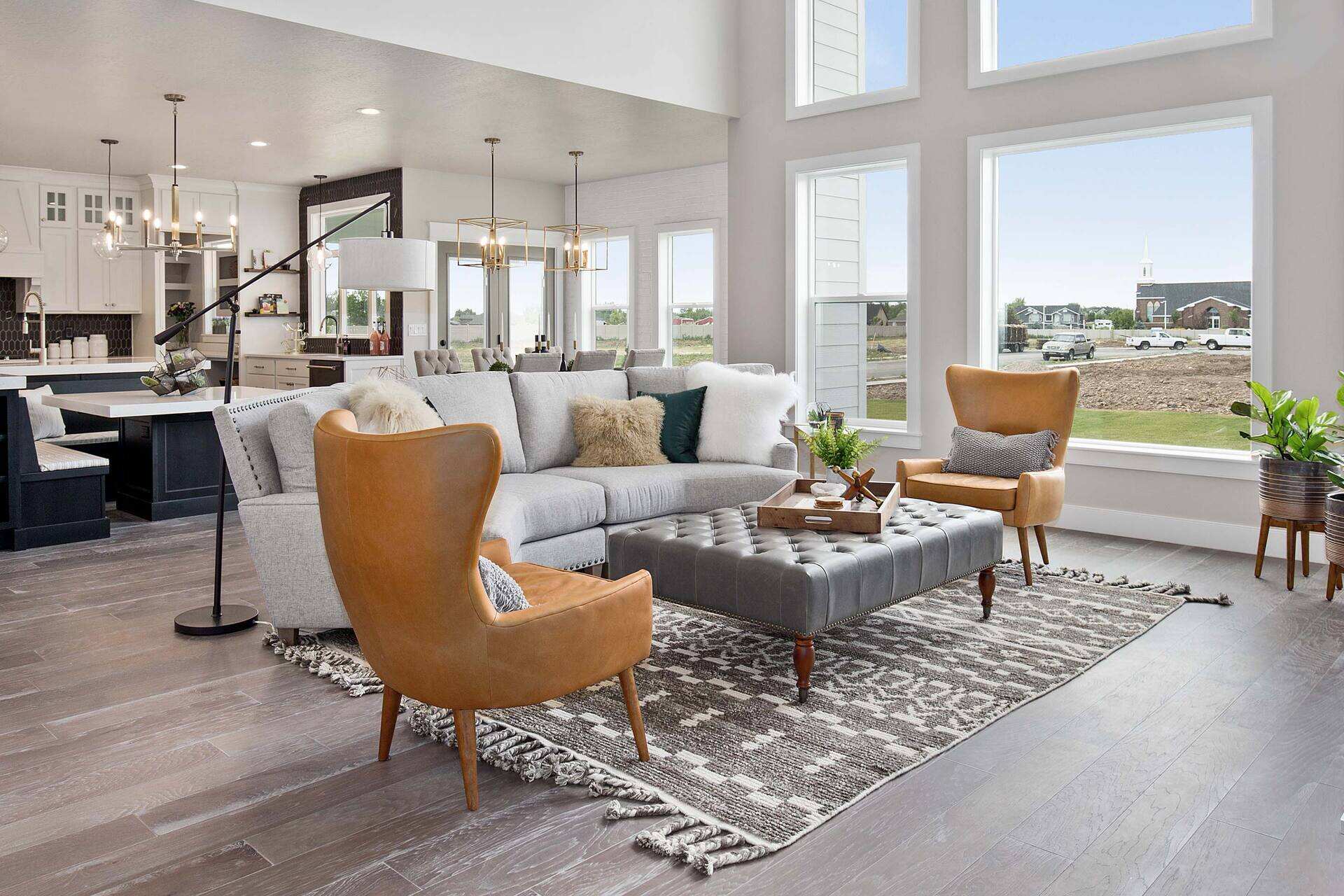
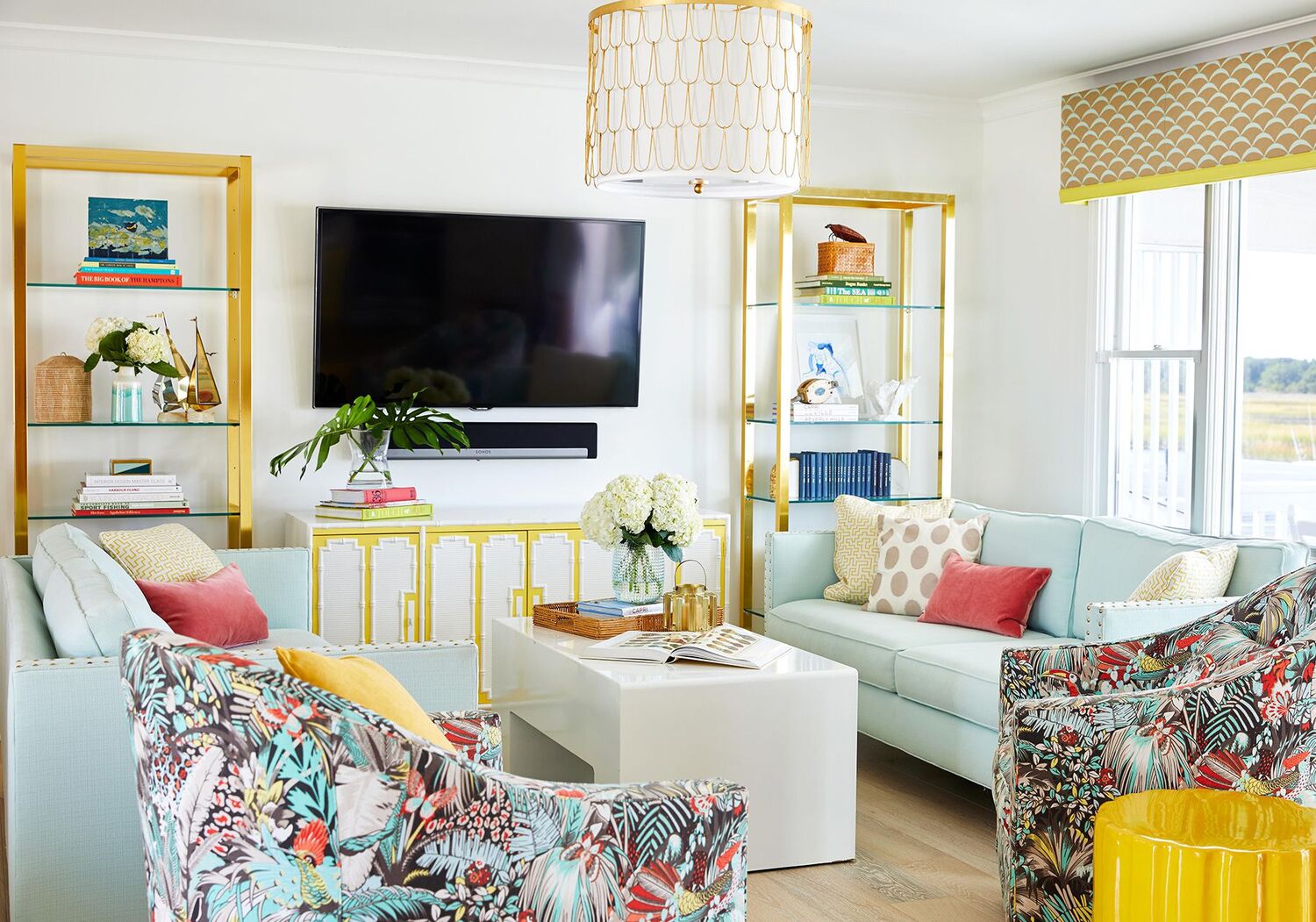
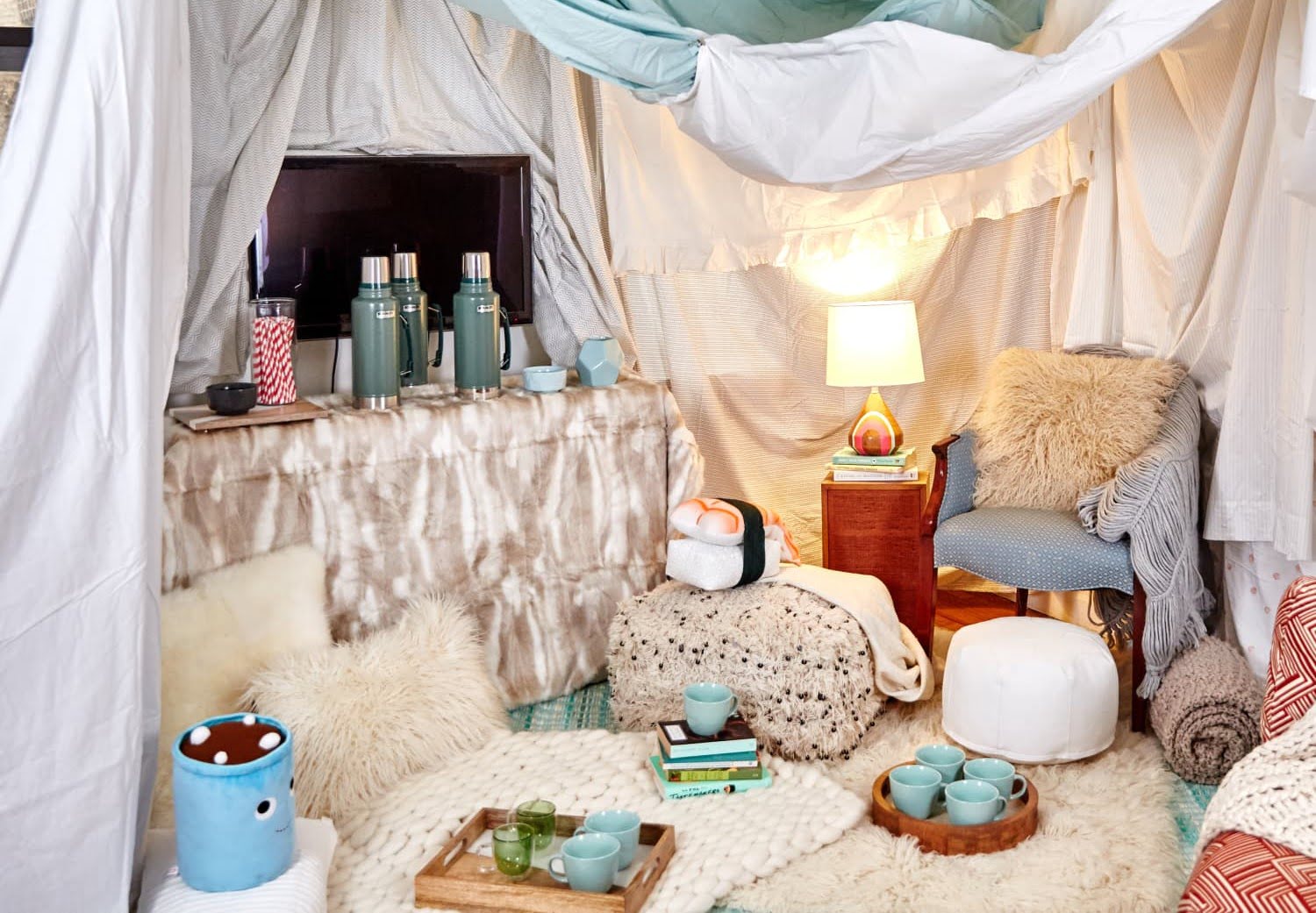
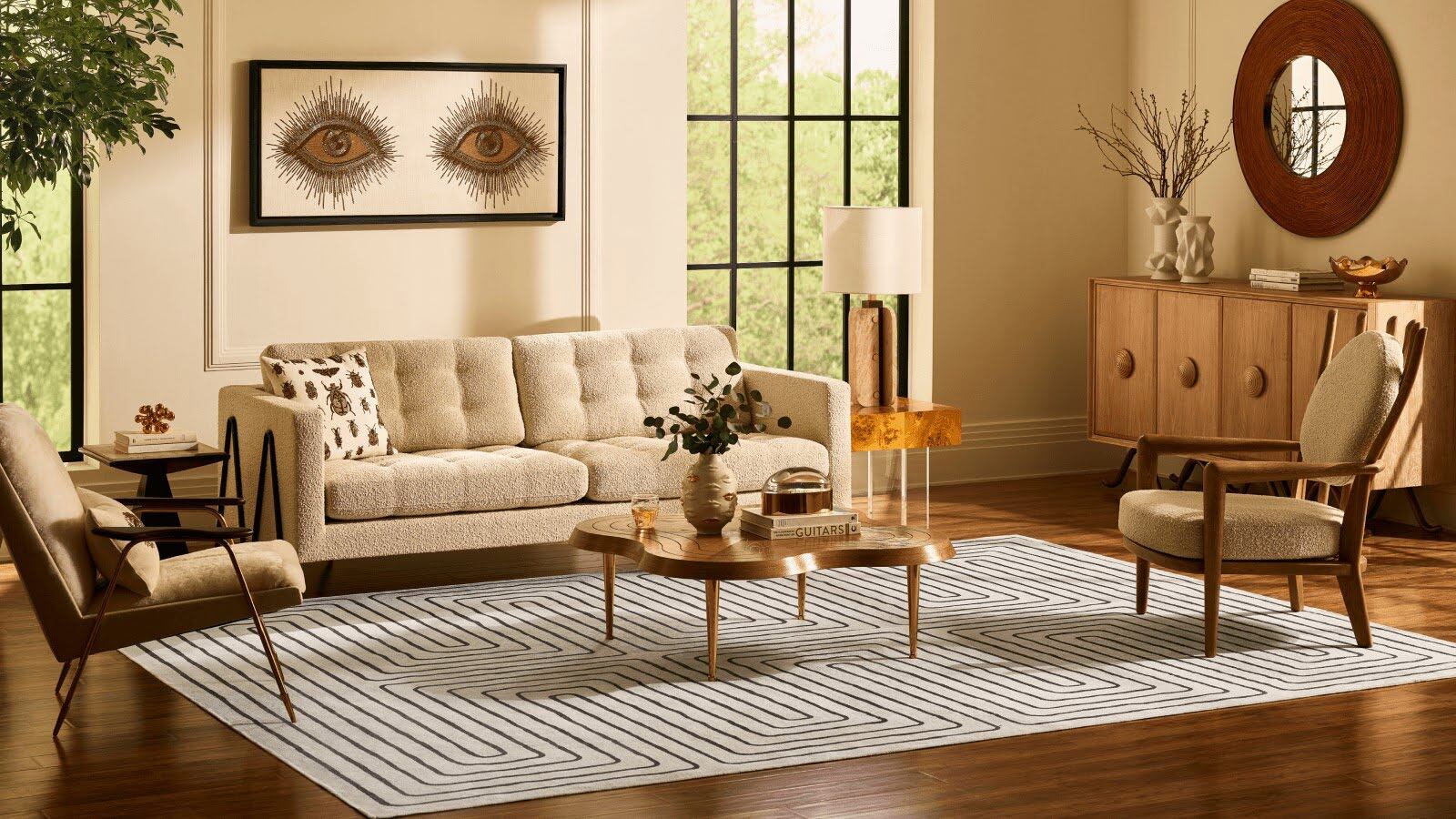
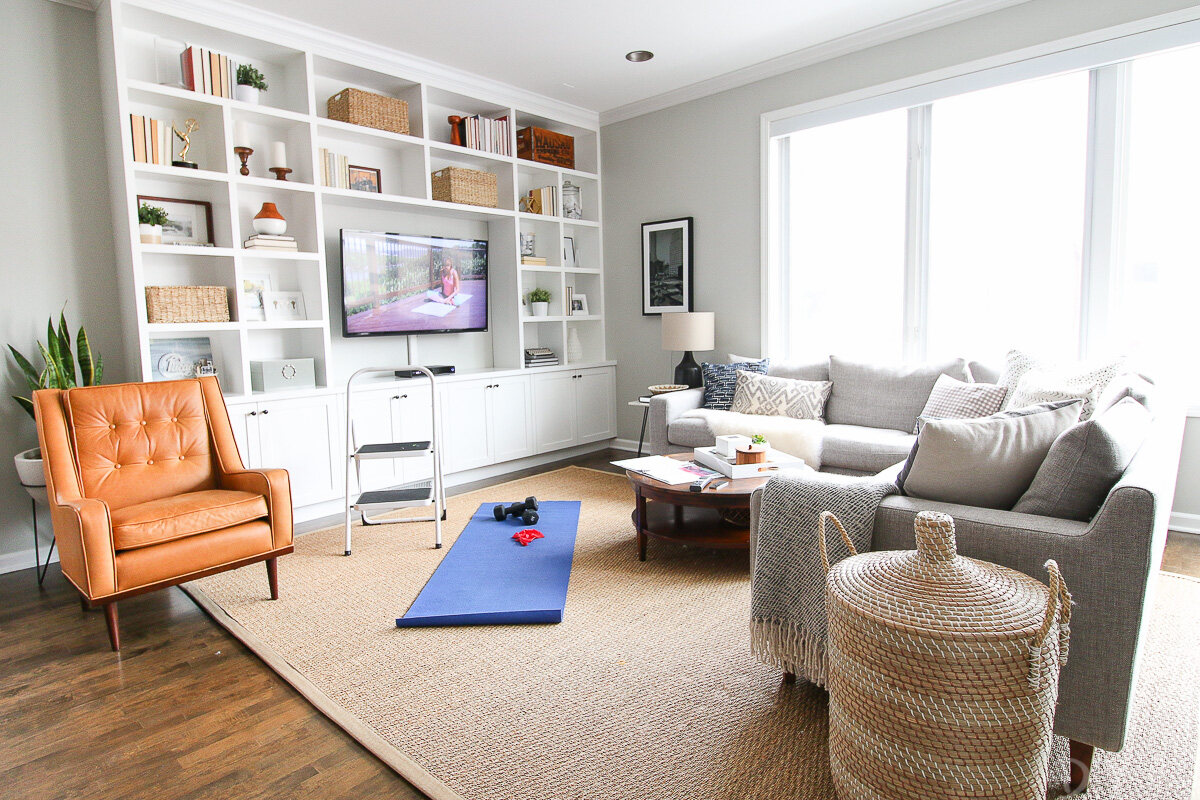
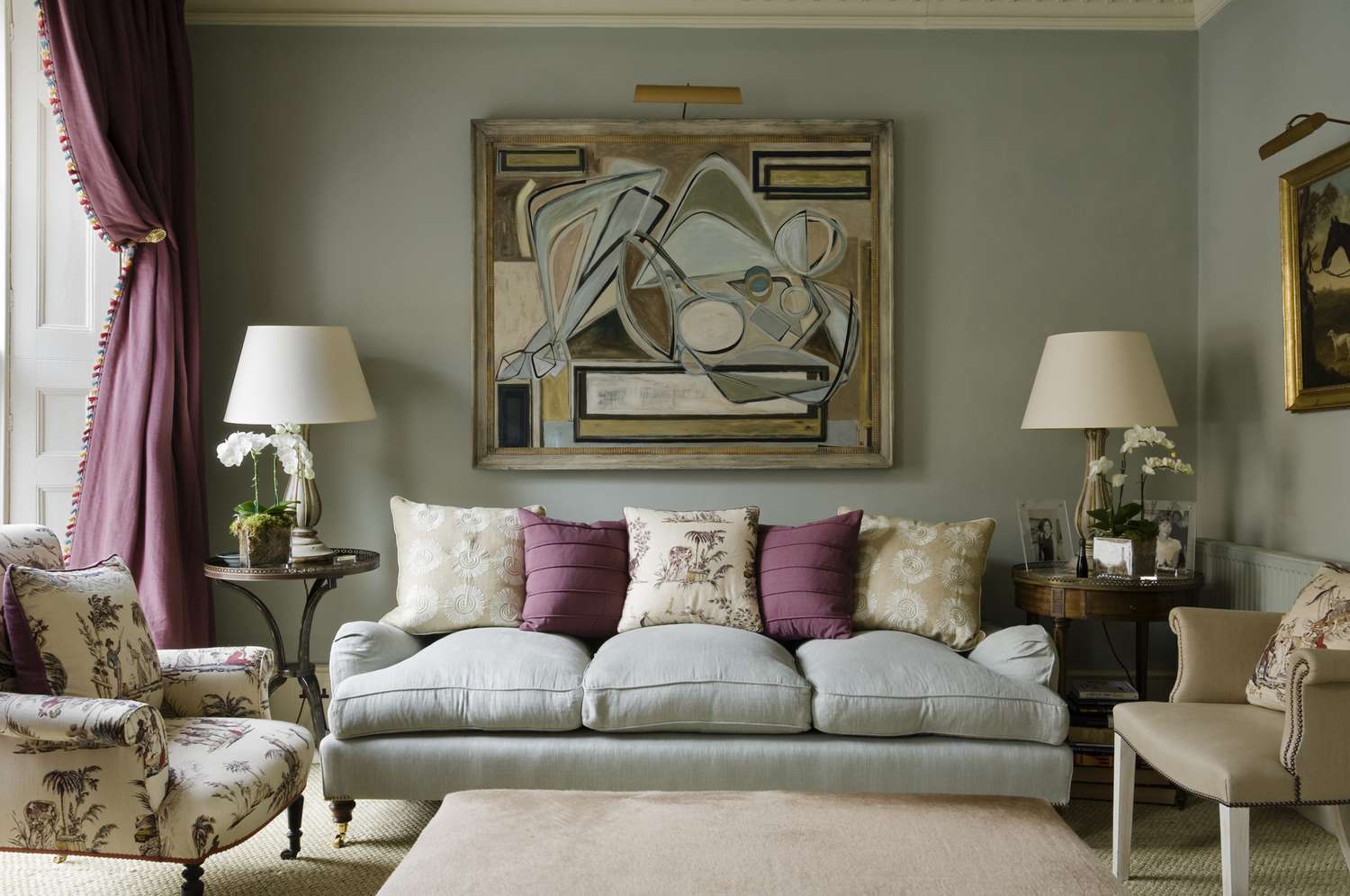
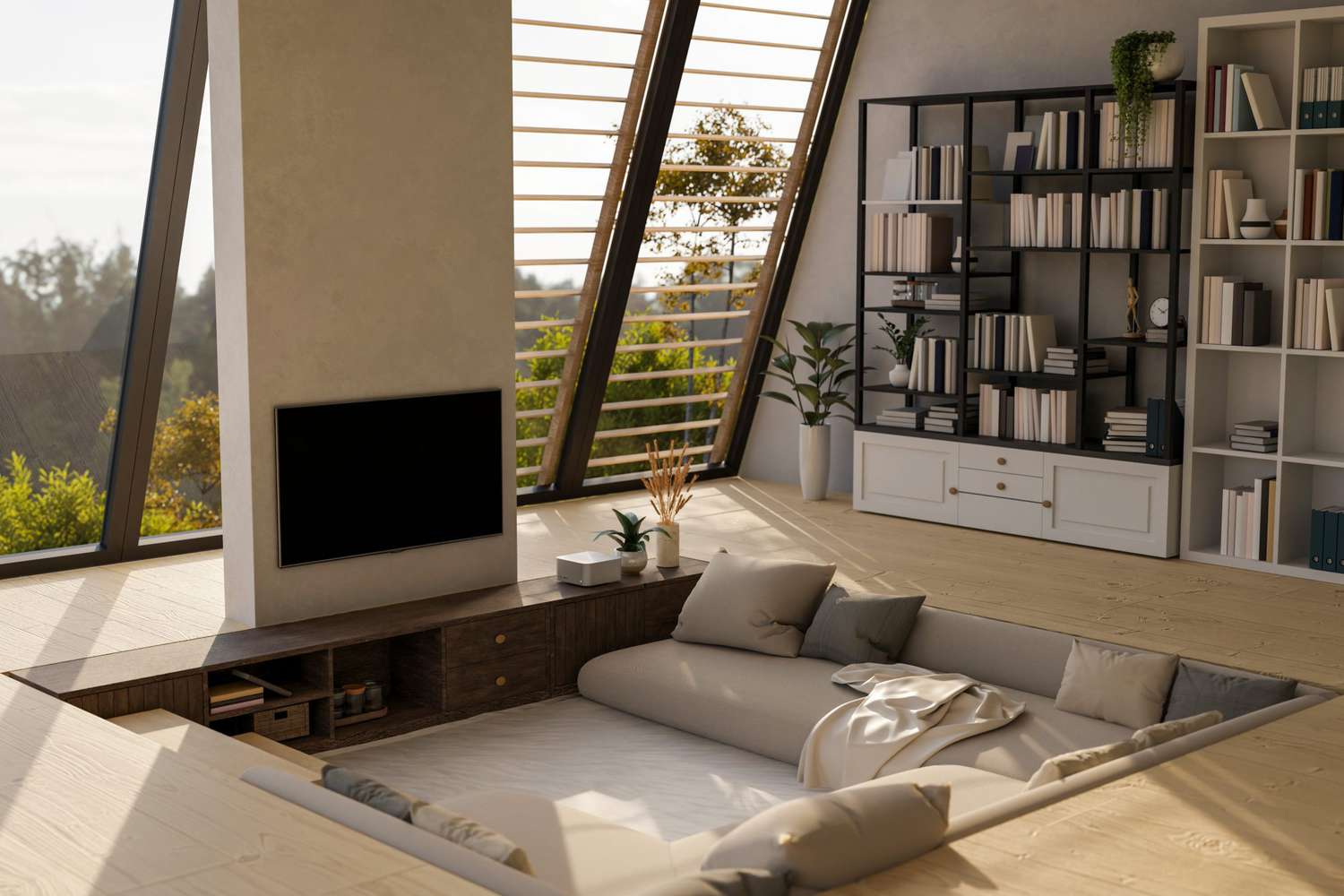
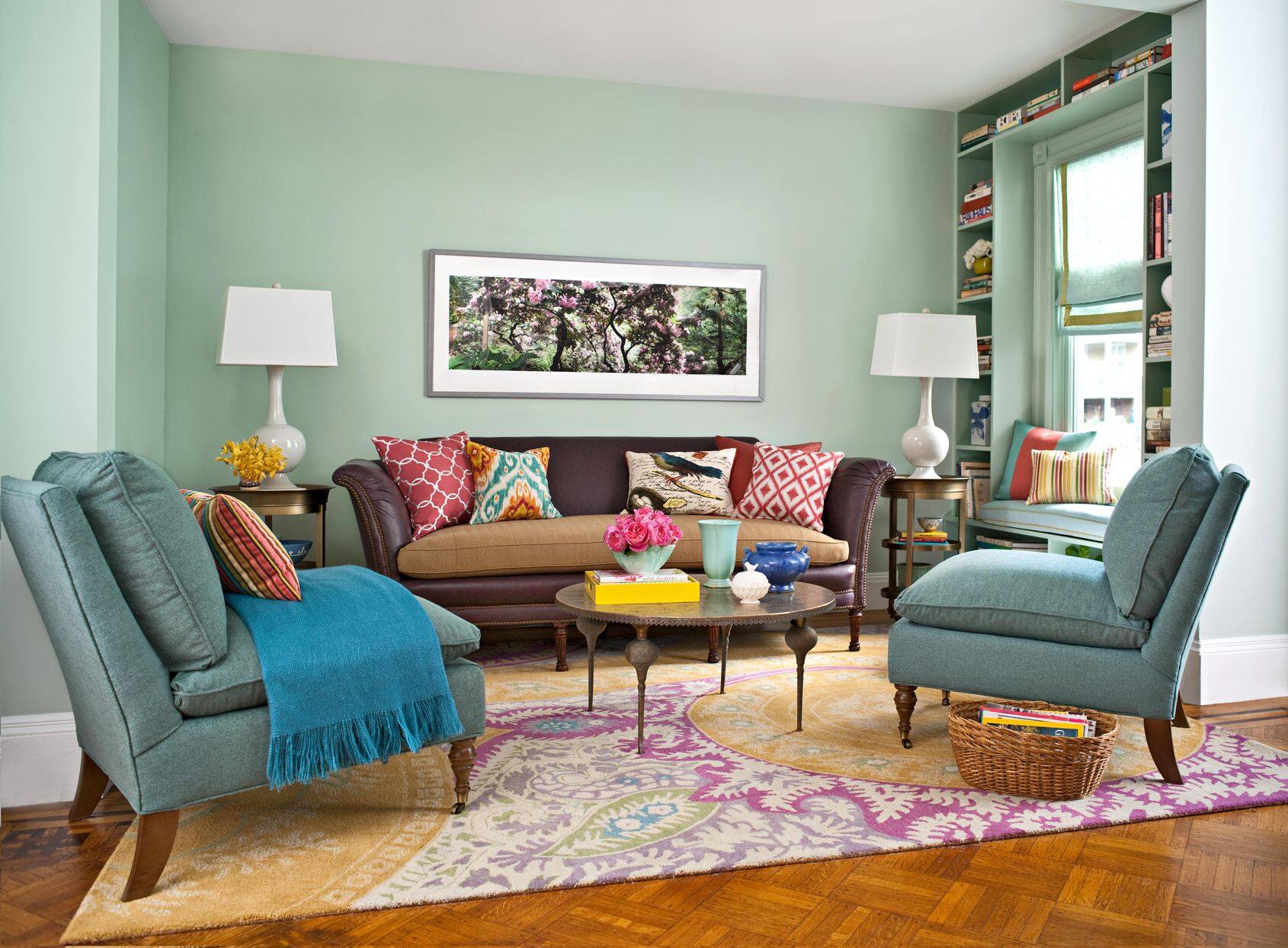

0 thoughts on “How To Design A Contemporary Living Room”